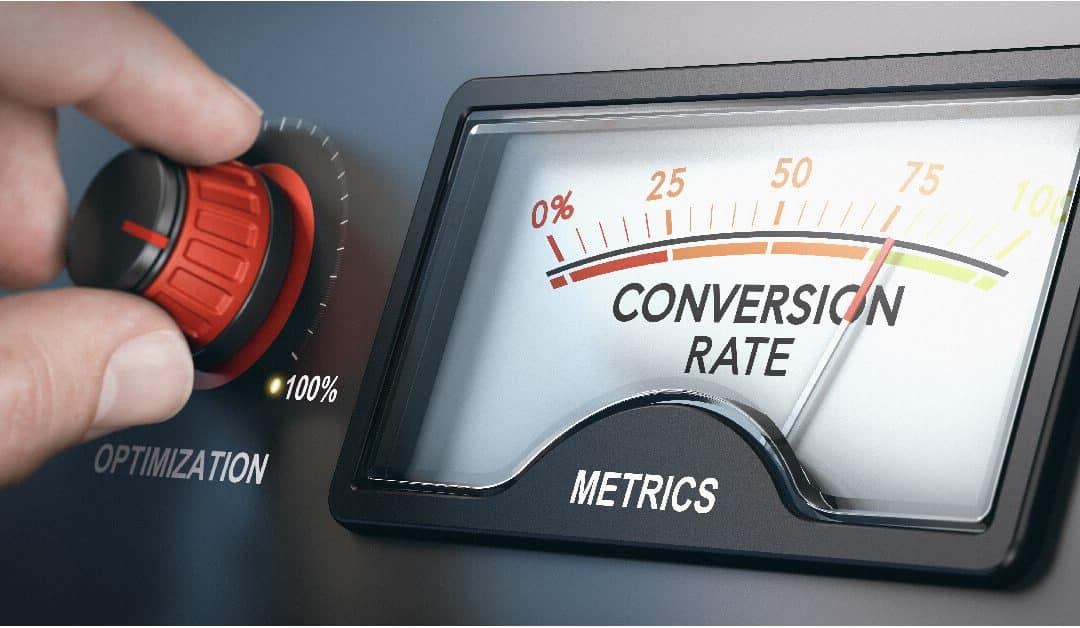If you’re new to running an online business, it’s understandable if your biggest focus is on building traffic. There tends to be a huge emphasis on traffic in business writing out there. And, yes, traffic is important. But it shouldn’t be your only concern. Not by a long shot.
Conversions are the second half of the equation. As you’re working on building traffic, you absolutely need to be working on increasing conversions too.
Traffic means very little if it doesn’t lead to conversions.
Traffic refers to the number of people visiting your website. This can be calculated on an hourly, daily, weekly, monthly, or yearly basis. It’s very useful information, obviously, and having a higher level of traffic is better than a lower level. But traffic isn’t everything, and it isn’t direct revenue.
Conversions, on the other hand, are when the people visiting your website actually hit that ‘purchase’ button, or sign up for your webinar, or whatever it is you want them to do. Building up traffic is great because, statistically, it increases the chances of conversions. But focusing on building up traffic without working on compelling people to purchase while they’re visiting your site is only half the work.

Why focus specifically on conversions?
“If I build it, they will come,” you might think. “As long as I promote the website, I’ll eventually grow an audience. And the sales will grow automatically from there.”
Here’s the thing: boosting conversions is actually easier than boosting traffic. You can be chasing a bigger audience for months without increasing your traffic by a significant amount.
But you can encourage your current audience to convert more frequently by making small changes to your website or offering. It can even be as simple as changing the color and location of your Purchase button, altering the language used in your pitch, or tweaking your offer.
Those types of changes can be made in minutes or hours, while building up your traffic is a far lengthier (and often far more expensive) endeavor.

How to boost your conversions.
If your website isn’t seeing a high level of conversions, that means that you need to look at what you’re offering and figure out how to make it more enticing and relevant to your audience. As well, you need to consider whether your web design or sitemap is confusing or off-putting in some way. Aim for language that is clear, concise, and bold, and make sure that your site navigation is intuitive and straightforward. Attractive graphics and images are a big plus.
And keep your Call-To-Action eye-catching!
A/B testing is a great way to figure out which design or language appeals more to your audience, and tracking conversions over time will help you figure out which offers or pitches resonate more and are more relevant to prospects.
Last of all, remember that this is an ongoing process. An offer that hits it out of the park one year can often be improved the next. Revisit your strategy on occasion for tweaking and improvements in order to keep your conversions high.

